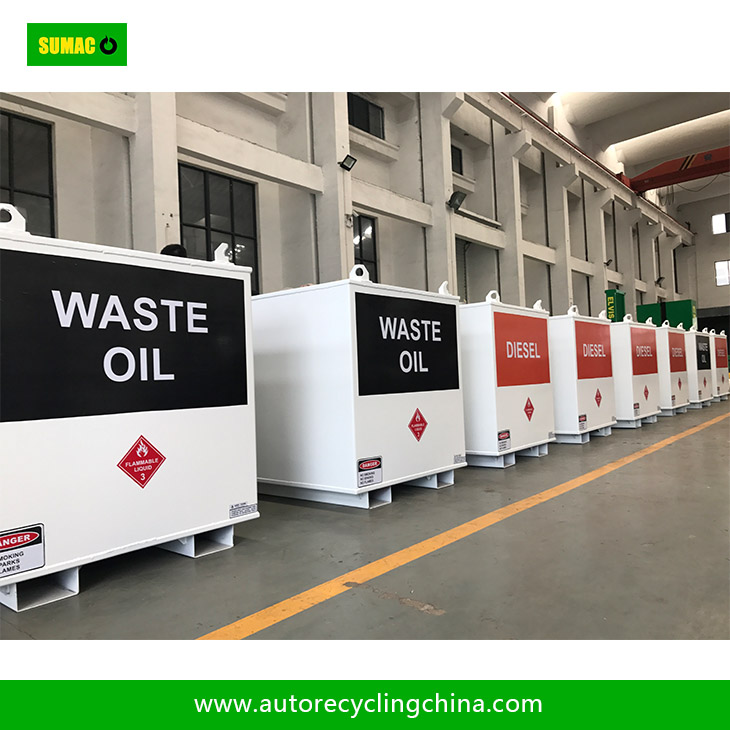1. Optimize structural design
Reasonable selection of shape: Use spherical or cylindrical structure. Spherical tanks are evenly stressed. Under the same volume and pressure conditions, the stress on the spherical shell is the smallest and the pressure resistance is the strongest; cylindrical tanks are relatively simple to manufacture, and the stress in the length direction is relatively uniform. By reasonably designing the aspect ratio, better pressure resistance can also be obtained.
Add reinforcement ribs: Setting reinforcement ribs on the wall of the tank can effectively improve the stiffness and pressure resistance of the wall. The shape, size and spacing of the reinforcement ribs should be optimized according to the size, pressure and other factors of the tank. Usually, angle steel, channel steel or I-beam profiles are used.
2. Select high-quality materials
High-strength steel: Select steel with high yield strength and tensile strength, such as Q345R, 16MnDR, etc. These steels have good mechanical properties and can withstand greater pressure without deformation or damage.
Consider material toughness: In addition to strength, material toughness is also crucial. Steel with good toughness can absorb energy and avoid brittle fracture when subjected to impact or pressure, thereby improving the overall compressive resistance of the tank.
3. Improve manufacturing process
Control welding quality: Use advanced welding processes and equipment to ensure the quality of welded joints. During the welding process, the welding parameters should be strictly controlled to reduce welding defects such as pores, slag inclusions, cracks, etc., to ensure that the strength and toughness of the welded joints are equivalent to those of the parent material.
Perform heat treatment: Perform overall or local heat treatment on the tank to eliminate welding residual stress, improve the organizational structure of the steel, and improve the performance of the material, thereby enhancing the compressive resistance of the tank.
4. Strengthen maintenance and inspection
Regular inspection: Regularly conduct external and internal inspections of the tank to promptly detect problems such as corrosion and deformation of the tank body. For the defects found, appropriate repair measures should be taken according to their severity, such as repair welding and replacement of damaged parts.
Anti-corrosion treatment: Do a good job of anti-corrosion work on the storage tank to prevent the tank body from becoming thinner due to corrosion and reducing its pressure resistance. Measures such as coating anti-corrosion coating and cathodic protection can be adopted to extend the service life of the storage tank and maintain its good pressure resistance.

